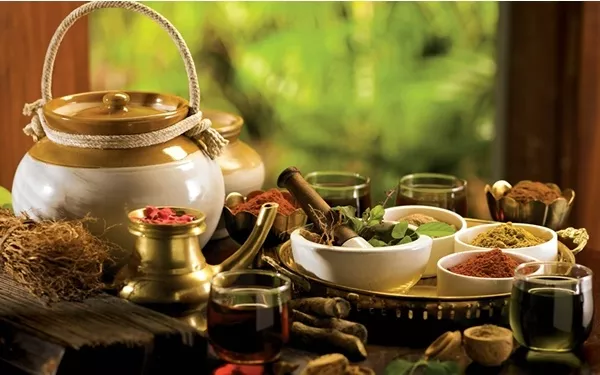Ayurveda is a five thousand-year-old practice that has been passed down orally for generations. A common understanding of the field only extends to medicinal treatment. Ayurveda translates into the science of life and it does more than treating illnesses.
It is an in-depth guide that offers wisdom that helps the individual stay vital and healthy so they can reach their full potential. The field includes many sub-divisions that advise on diets, routines and the right use of the senses.
Ayurveda explains the dynamic link of the body, soul, and the mind and offers aid based on this. It has its roots in the Vedic System, originated in India. Ancient Chinese, Tibet, and even bits of Greek civilizations have roots in the principles of Ayurveda.
Today many parts of the world have accepted and reached out to Ayurveda to cleanse and repair their bodies. Ayurveda shops all over sell remedies related to ailments, beautiful skin, and internal well-being.
Key Aspects of Ayurvedic Remedies
The oldest known texts speak of the importance of the five elements found in the cosmos- earth, fire, water, air, and space. Ayurveda links humans and their physical systems to be correlated with these elements.
Authentic Ayurveda shops will always have completely organic products that will improve many of your illnesses and keep your body young and energetic. Any good Ayurvedic treatment or product will cater to two key aspects of an individual:
Tri-Dosha: Ayurveda recognizes humans as being one with nature and the living world and describes three principle energies that govern our environments. These are called Vata Dosha that is the wind element, Pitta Dosha, which is the fire element, and Kapha Dosha, which is the Earth element. These are the primary elements that govern our mind, body, and soul.
Vata is associated with movement and takes care of breathing, blinking, and muscle movement, heart beating right, and every other movement in the body.
Pitta is associated with metabolism and takes care of digestion, assimilation, nutrition, metabolic processes, and the temperature of our bodies.
Kapha is associated with forming the body structure and takes care of the bones, muscles, water movement to all the organs, lubrication for the bones and muscles, skin, and immunity.
Body: It is easy to say everyone has different external bodies, but the truth is everyone’s internal and external bodies come in various types. The proportion and influence of the doshas are what marks these differences in our natures.
Every individual has all the three doshas working side by side within their bodies, but for most one or two dominate and this is what shows up as the primary personality. Each element has a balanced and unbalanced state.
In a balanced state, if Vata Dosha dominates, an individual would be thin, light, energetic, enthusiastic, and willing to change. If Pitta dosha dominates; there is a strong appetite for life and the individual would seem intense, intellectual, and much focused. As for Kapha Dosha, the individual is easy-going, nurturing, and organized.
In an unbalanced state, the Vata Dosha without movement leads to a person experiencing anxiety, insomnia, dry skin, and concentration troubles. For an imbalanced pitta dosha, the individual will show signs of impulsiveness, recklessness, irritability, and may suffer from digestion, gastric or inflammatory issues. Imbalanced Kapha makes one sluggish, gain excessive weight, and have sinus problems.
Ayurveda shopstoday have all sorts of products they claim to be Ayurvedic, but a shop with no knowledge of the Doshas and your specific body type cannot give you effective products.
That’s why knowing your own body before trying Ayurvedic remedies maximizes efficiency.







